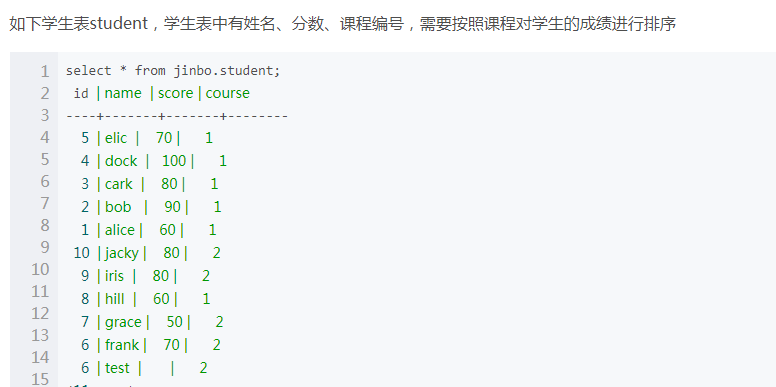

Talking of clarity, this rounding malarky is starting to introduce a noticeable amount of code repetition.

One could certainly make the argument that we should do the slots -> hours conversion independently of the rounding, which would increase clarity. In our case, because slots are half an hour, we need to add 10, divide by 20, and multiply by 10. Adding 5, dividing by 10, and multiplying by 10 has the effect (thanks to integer arithmetic cutting off fractions) of rounding a number to the nearest 10. It's worth noting the technique we use to do rounding here. There's a different function, DENSE_RANK, that would assign that member position 3 instead. If position 2 is shared between two members, the next one along gets position 4. You can see that some of the clubgoers have an equal rounded number of hours booked in, and their rank is the same. As always, every environment has its characteristics and challenges, but as we saw in these quick tests, the new version delivers the improvement just out of the box.This answer isn't a great stretch over our previous exercise, although it does illustrate the function of RANK better. The performance improvement for the rank(), row_number(), and count() window function introduced in the new PostgreSQL 15 will let all those analytic and reporting projects process their data faster than in previous versions. In both cases, the difference was smaller than the rank() function, but the PG15 still showed better results, as seen in the trend line. I also got the results from 500 executions for these last two functions. I did the same exercise for the row_number() and count() functions.

We see the PG13 performed the “ worst ,” and even when the PG14 showed a better trend, the PG15 was the best. We can see the timing from the PG15 version is better than the other versions. To verify this is consistent, I got the Total Time for the WindowAgg node from 500 executions and plotted the next graph. The performance improvement is clear here. We can easily see from the WindowAgg node that the total time was smaller in the PG15 than in the other two. Returns the current row number within its partition, counting from 1. Returns the rank of the current row, with gaps that is, the row_number of the first row in its peer group. As we read in the documentation, the named functions work for: The “set of table rows” is usually identified as a “partition” defined by a column or columns. We can use the PARTITION BY clause with the ROWNUMBER () function, which is optional if we have defined, then it handles the set of rows or window like splitting the set of rows into. The ROWNUMBER () function manipulates the set of rows, and the row’s set is termed as a window.

POSTGRESQL RANK WINDOWS
The window functionsĪs mentioned above, the window functions let us perform some calculations on a set of table rows related to the current one. The PostgreSQL ROWNUMBER () function is a windows function. First, let’s review what these functions can do. In the latest release, PostgreSQL 15, some performance improvements were added for the rank(), row_number(), and count() functions. There are several built-in windows functions available in PostgreSQL. Usually, these tasks leverage window functions to do calculations “across a set of table rows that are somehow related to the current row,” as is described in the documentation. As shown here, the rank function produces a numerical rank within the current rows partition for each distinct ORDER BY value, in the order defined by the ORDER BY clause. When working with databases, there are always some projects oriented to performing analytics and reporting tasks over the information stored in the database.


 0 kommentar(er)
0 kommentar(er)
